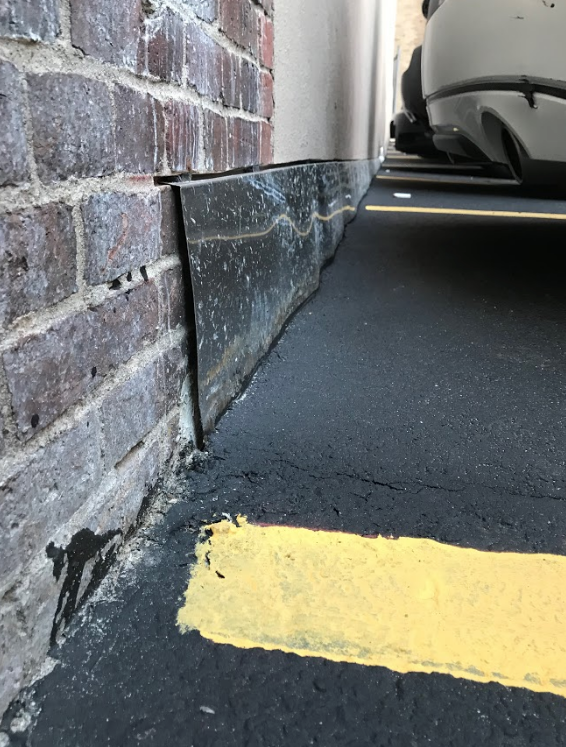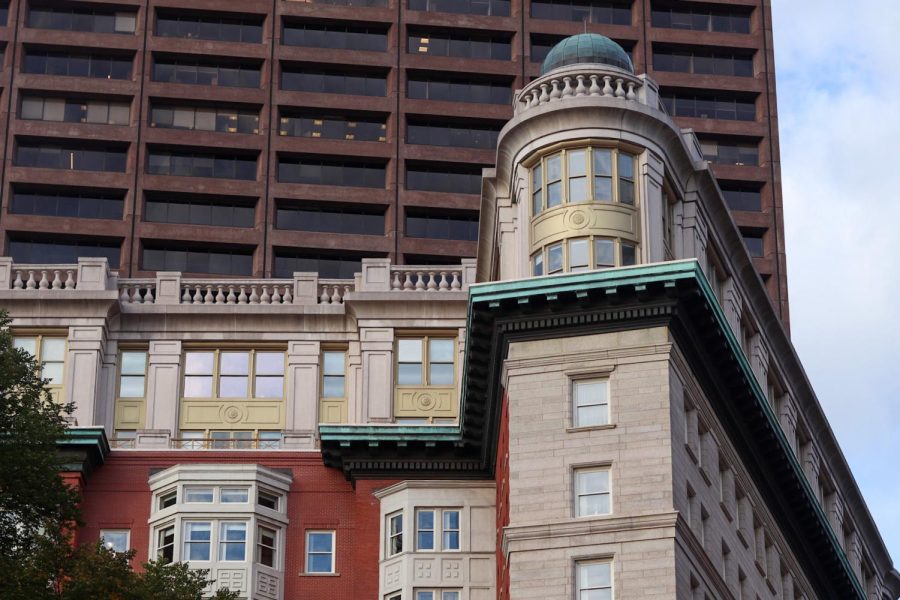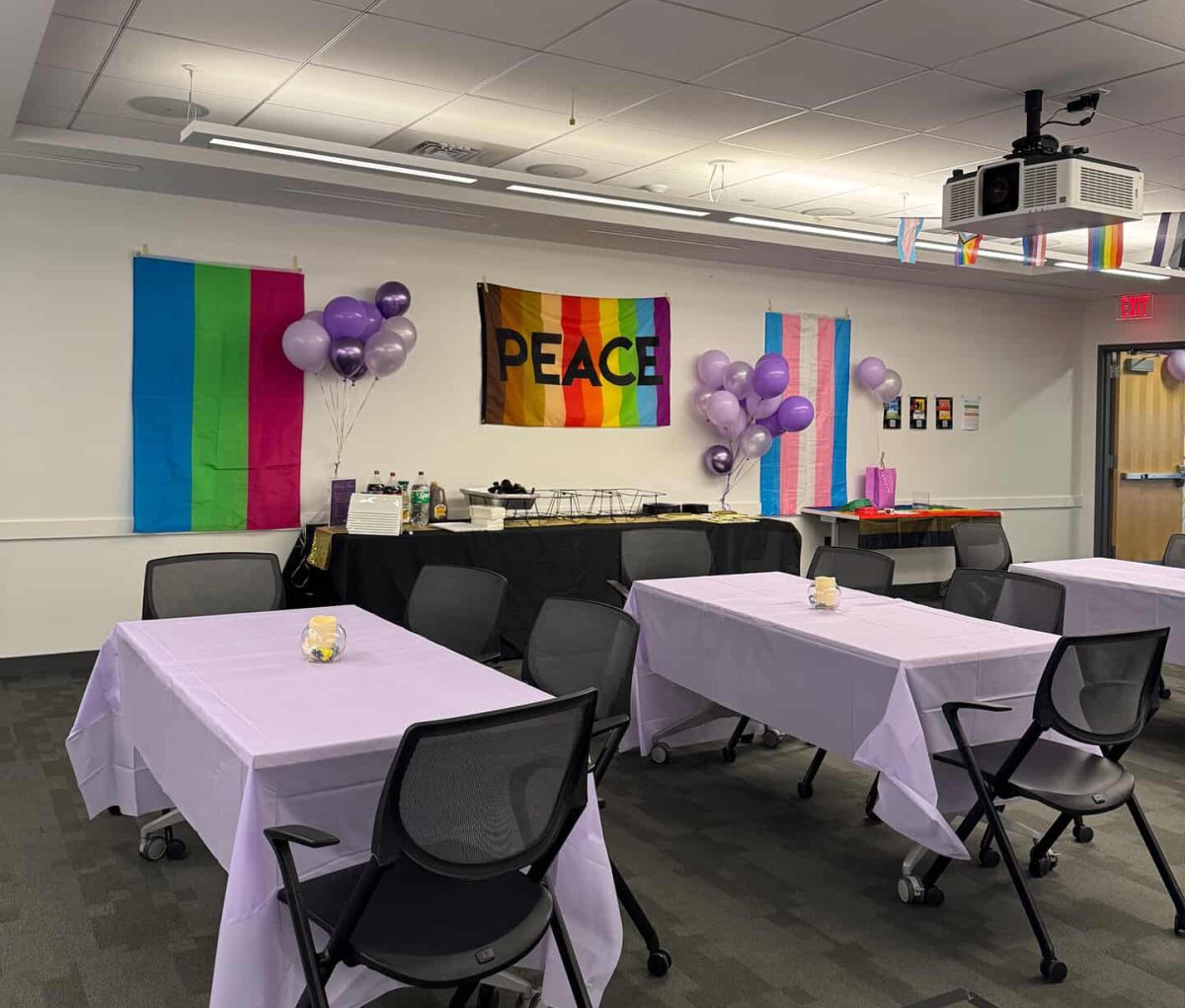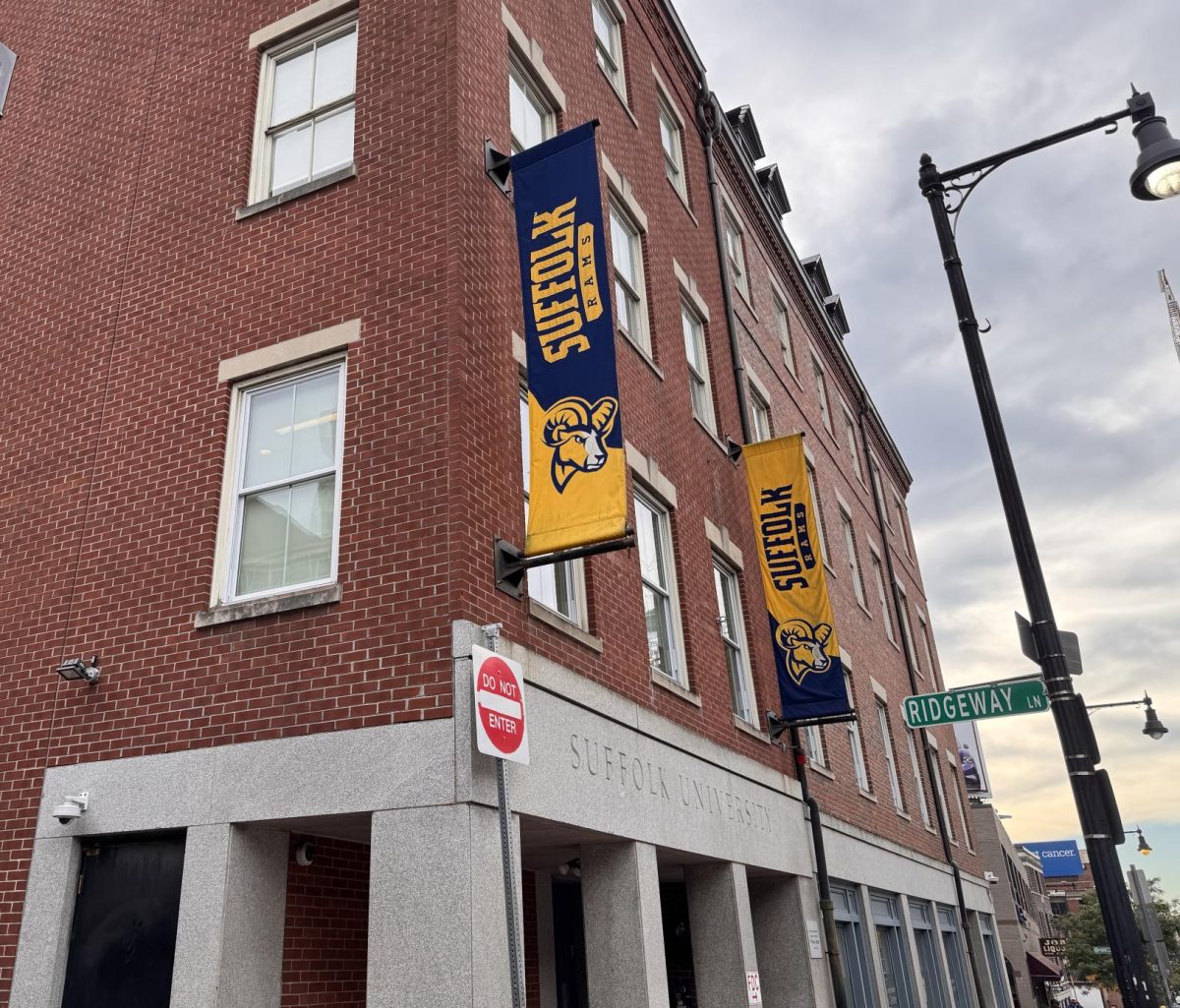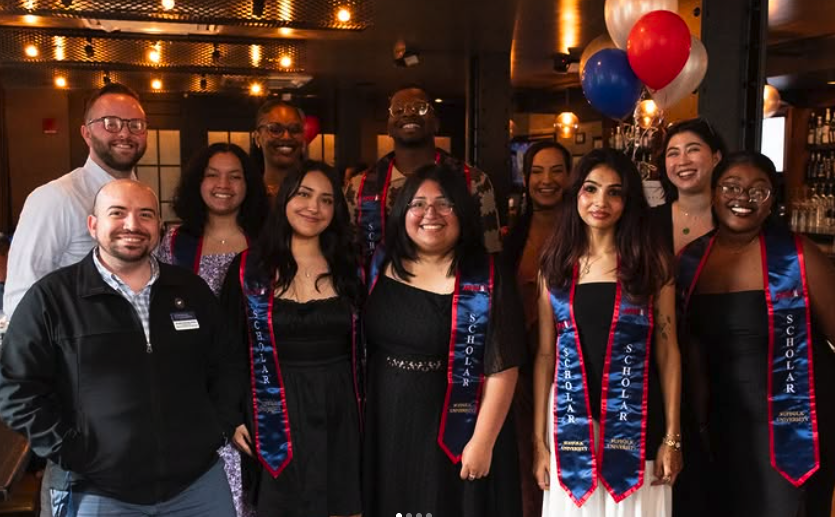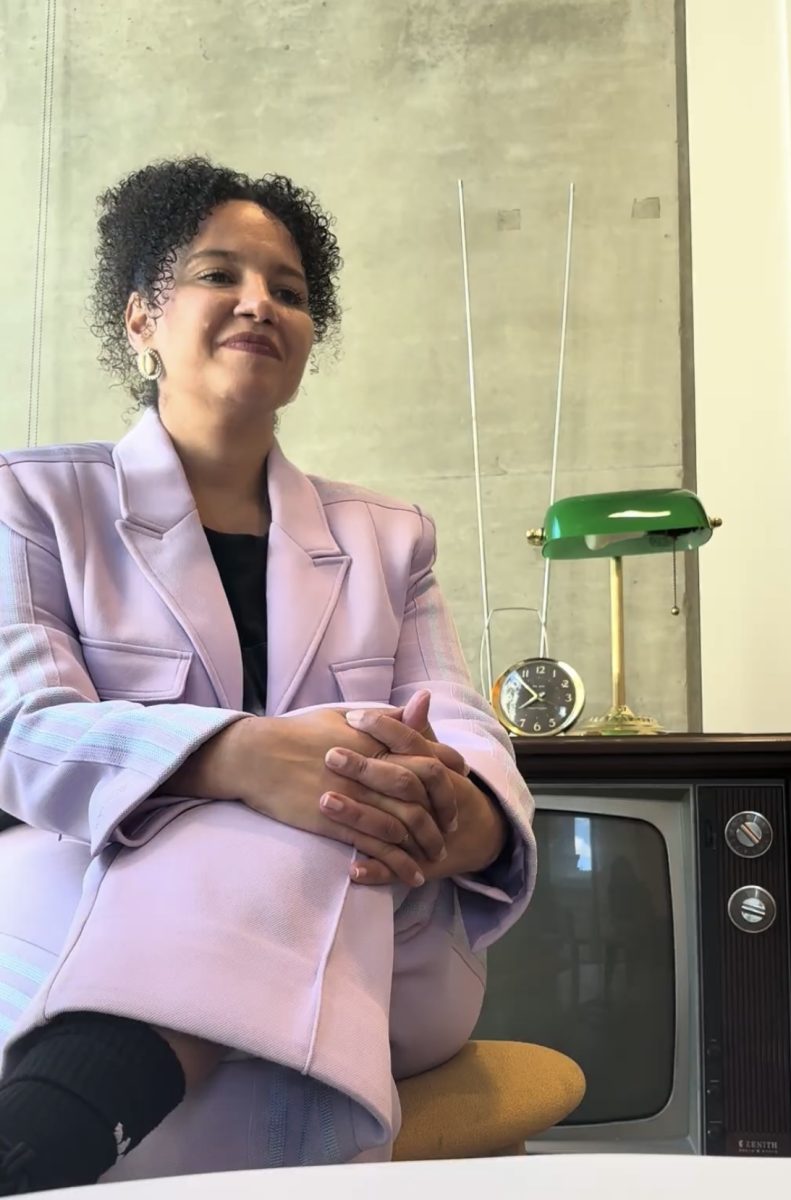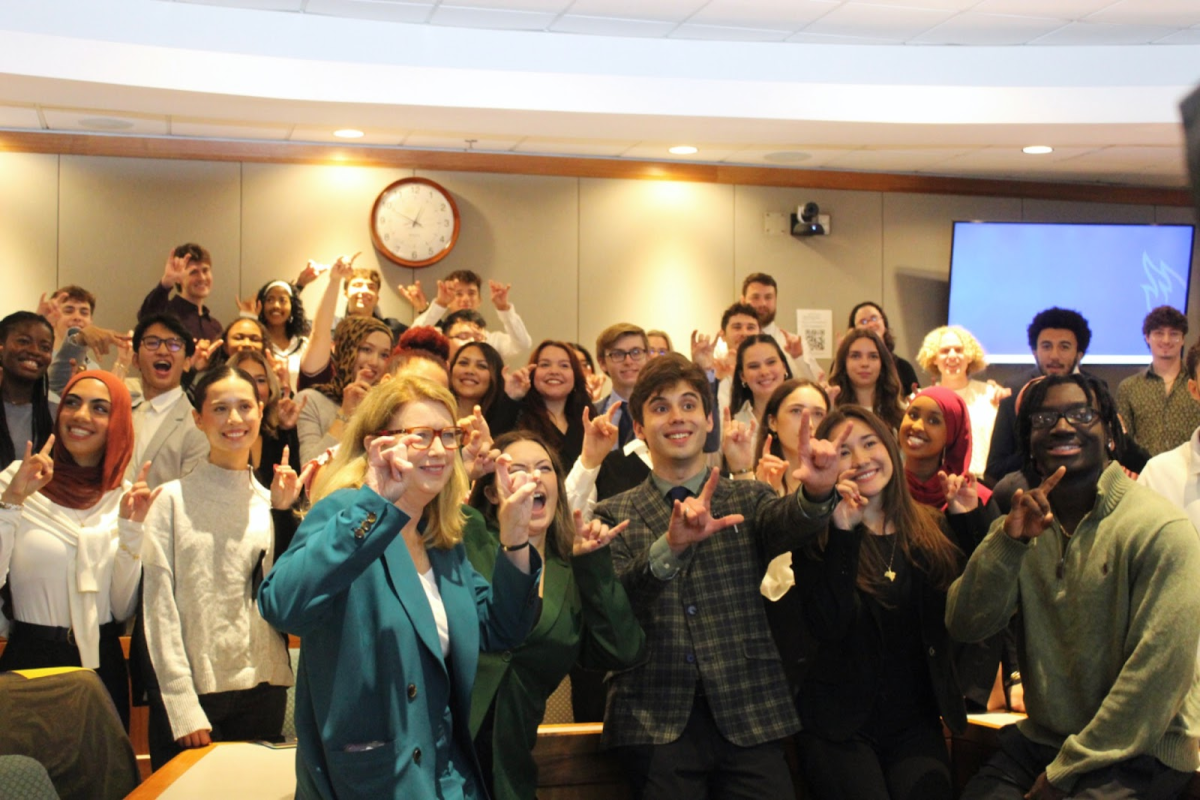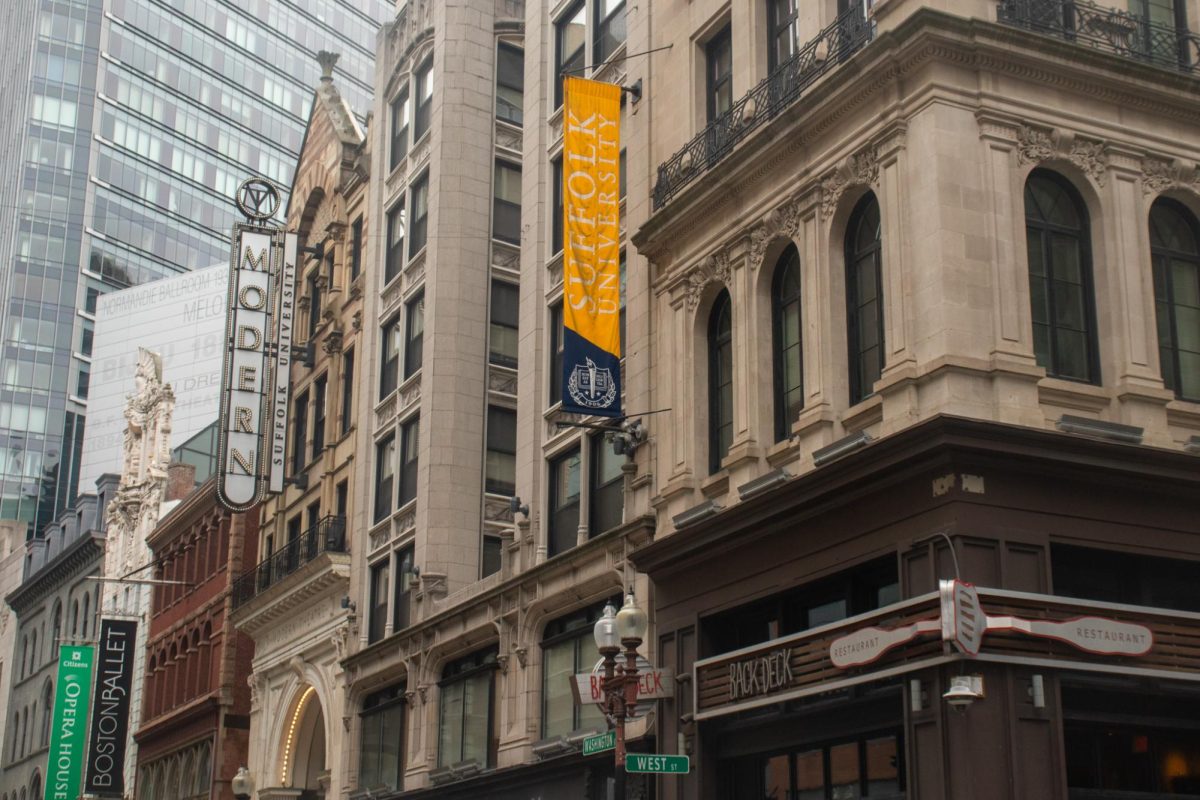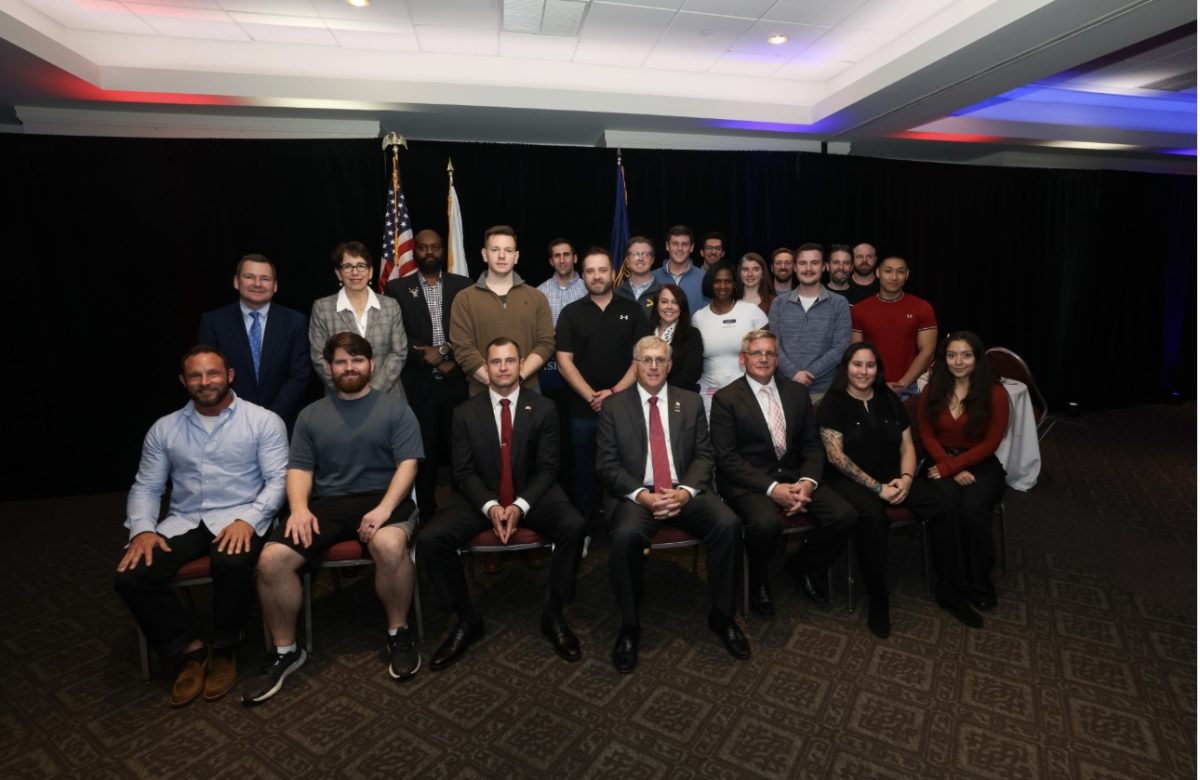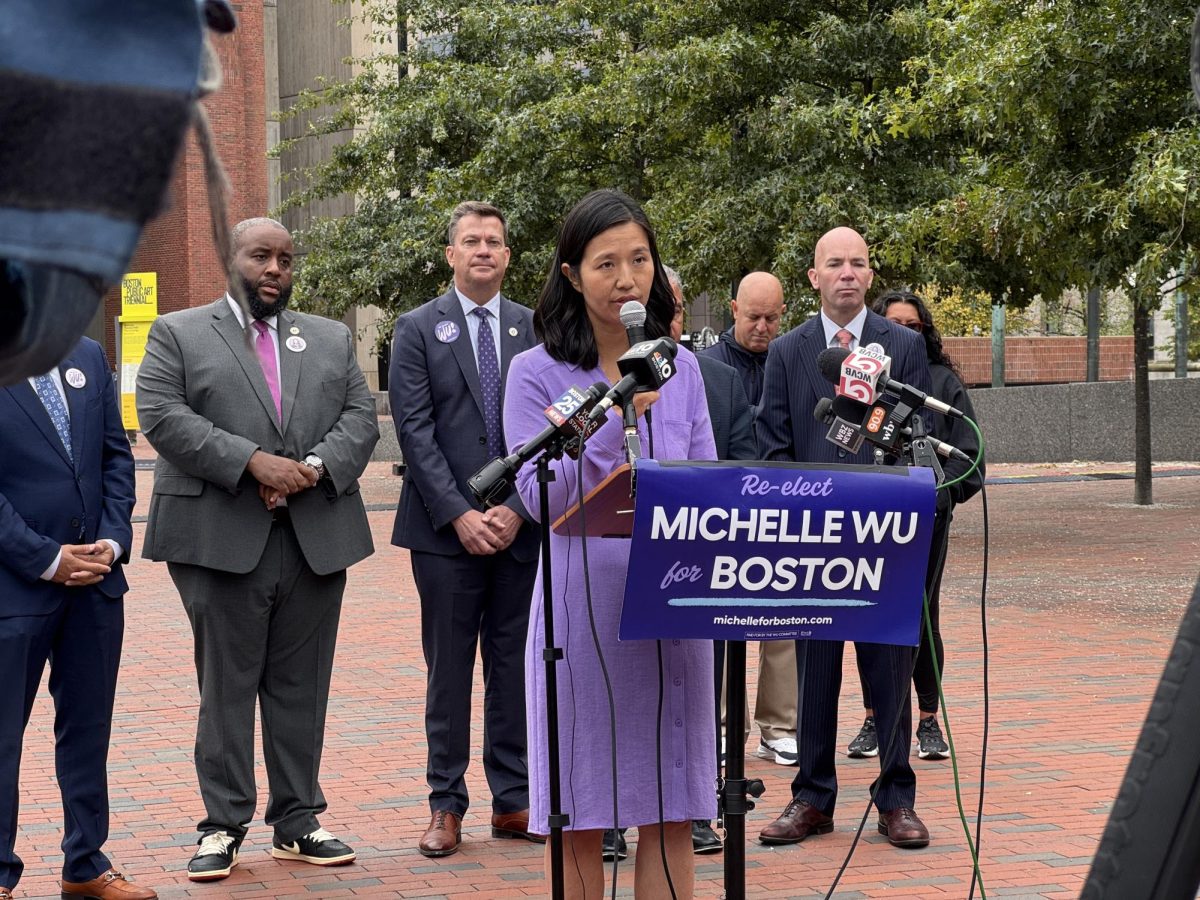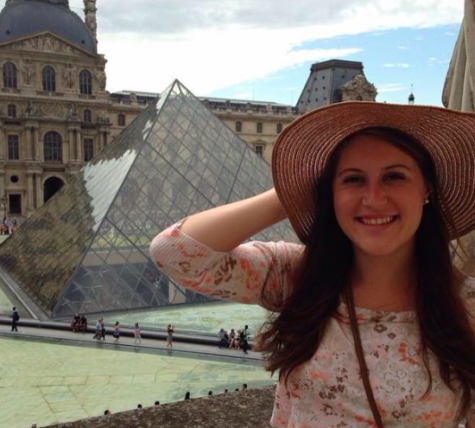As the construction continues, the students and faculty of the Art and Design department are adjusting to their new home in the Sawyer building.
Initially delayed due to water damage on the A and B levels of Sawyer over the summer, the construction on the two floors continued once the source of the damage was identified as groundwater from the parking lot that sits to the right of the building. According to Director of Construction Services Andre Vega, the construction company did an exploratory investigation of the damage once they were able to identify where the water was coming from. Once identified, the company dug three feet into the ground next to Sawyer and applied “flashing,” to keep water from coming in from the parking lot. Flashing refers to thin pieces of material, in this case metal, that are installed to prevent the passage of water into a structure as part of a weather resistant barrier system, according to Vega.
According to a university official, the leak is not new, rather it has been an issue dating back to 1986.
According to Vega, when the construction crew demolished the basement levels over the summer, they were able to diagnose the water damage once materials had been cleared out of the previous storage spaces and where the old Suffolk University Police Department used to reside.
“It’s all concrete, so there was some spalling of concrete and that’s been repaired,” he said. “It appeared that it had been going on for a while. It was behind a wall and behind a bunch of stuff so it was really tough to say ‘this should’ve been fixed a long time ago,’ but it definitely should’ve been fixed a long time ago. It’s been a while.”
Vega said that the two basement levels were initially supposed to be finished when the rest of the Art and Design department floors were done, which was originally set for May of this year. But because of the timing involved with initially finding the damage, the construction was delayed by a few months, and according to Vega, should now be finished in a couple of weeks.
“You have to keep in mind that those two levels are about three stories below grade – so they’re very well under ground, so when you have water filtration at that level it’s very difficult to tell where it’s coming from. So you can see the water staining on the walls, but also along the ceiling and the steel. So we’ve repaired all those elements.”
Administrative Services Manager, Anita Sen was initially concerned because of the potential of losing the space entirely, meaning that the fine arts students could have possibly lost their work space altogether due to the damage. However, do to the current work being done by facilities in Sawyer, the construction on “A” is nearly finished, putting the timeline for the rest of the building on track toward completion.
“It’s an old building, it’s an old city. Is there a permanent solution? I don’t think the university can afford it, but they are doing what they can for the students,” Sen said.
The newly installed classrooms have been renovated with advanced technology designed to fit the needs of students of all concentrations. Last semester, prior to the summer-time move, the Art and Design department adopted a Virtual Desktop Infrastructure (VDI), the new program for Art and Design majors, minors and all those participating in art classes. A Cloud-based system that will not only relieve students of a file-sharing system like Dropbox, but will allow students and faculty alike to access various graphic design programs from remote locations, according to Sen, effectively eliminating the need to work on campus in Art and Design specific computer labs.
According to Sen, the implementation of this program began last semester with regard to instructional meetings for students and faculty alike, complete with faculty members standing by at the 75 Arlington building prepared for troubleshooting.
Sen told The Journal on Tuesday afternoon that many of the informational meetings have been mandatory so as to ensure student involvement and understanding with VDI. She confirmed to The Journal reporters that the department will not be receiving new Macintosh computers due to the availability of programs that are included in VDI. While Sen did recognize that some students and faculty had some difficulty in learning how to navigate the new program, told The Journal that it’s her understanding that the entire university will eventually become privy to the virtual desktop.


